Our markets are saturated with furniture design and home decor products that tend to the barrage of stylistic anomalies we fancy. However, these innovations, while aesthetically pleasing, often miss out on stipulations necessary for building inclusive designs. In this medley of conspicuously shaped and coloured objects, provisions must be made to accommodate facilities that can support those in need of assistance for their routine physical activities. Milan-based multidisciplinary design studio, DesignLibero’s latest product design, Blossom, is an example of such an attempt. It aims to ‘create objects able to both support the fragility of old people and to blend into home furniture.’ While this invention caters more specifically to the elderly, the Italian design studio’s seamless integration of support facilities with everyday furniture products serves as an impressive example and an inspiration for the design of objects that can be used by all, with ease.
Blossom can be configured to function as a coffee table, a magazine rack and a vase holder or coin tray. Each of these iterations can hold the walking stick—available in four different sizes—as part of the furniture. While Blossom is essentially a collection of sticks, stick holders and fixed support, the integration of other functions helps integrate it within the home environment. Pondering further on the product and its name, the designers explain, “The name ‘Blossom‘ is because these objects aim is to make old people move more fluidly, like when they were young, at the highest point of their blossoming.”
DesignLibero, founded in 2013 by Libero Rutilo and Ekaterina Shchetina, is a studio in Italy that maintains a balance of intuition, sensations, memories, strategy, needs and functionality in all their projects. Ekaterina and Libero came together due to their shared passion for art, technology, materials, industry and communication. With DesignLibero, the two designers utilise their individual aptitudes to ‘improve the world in unexpected ways.’ An eco-conscious studio, DesignLibero embraces sustainable, inclusive and empathic practices to reach a holistic end. This altruistic effort by the studio is evident in Blossom, too. The Italian designers share, “The idea was born from observing the people around us and their needs. By analysing various types of users and their requirements, we envisioned creating a family or a system of objects that are functional, ergonomic, visually appealing, and enjoyable to use. These projects aimed to create objects able to both support the fragility of old people and to blend naturally into nice home furniture.” Blossom was designed and developed by Libero Rutilo, Ekaterina Shchetina and Niccolò Foy of DesignLibero.
The designers at DesignLibero, attempted, with Blossom, to ensure that these objects could be used easily by all. In keeping the designs strictly analogue, they managed to expel any complications that could have risen had these designs integrated the provisions of digital mediums. Delineating the incipient processes that led to the creation of Blossom, the design studio shares, “At the beginning, we asked ourselves thousands of questions and engaged in various considerations and benchmarks to understand which object we could hybridise, which materials we could work with, what the most suitable finishes are and which objects would best blend into the spaces. We had numerous thoughts revolving around the concept of support or assistance for elderly people and hybrid products.” To identify specific problems and needs faced by the older population, the designers engaged in a series of interviews, casual conversations and surveys with the target audience, before conceiving the designs for Blossom.
With the expected rise in the elderly population within the next few years, it is imperative for objects and spaces, both within and without indoor spaces, to integrate amenities that can tend to their needs. “Usually objects related to the world of the elderly are poorly designed and easily recognisable, exposing the weaknesses of the homeowner to the eyes of all visitors. This is why design in recent years is trying to harmonise these objects into the home environment. The aim is to diminish the stigmas surrounding the difficulties encountered by the older generation and promote a more harmonious coexistence of functional items and desirable aesthetics,” the designers share.
Rutilo, Shchetina and Foy recognised the walking stick as one of the most frequently used physical aid by the older population. When not in use, it tends to fall or juts out visibly near the user. However, the magazine rack, coffee table and vase holder—that can be manually configured using metal baskets, wooden counters, plastic containers and screws—can easily hold the rounded and ergonomically shaped wooden stick in the centre, almost like a part of itself. These concrete stick holders—available in different colours—also function as supports that are ‘useful to transit from the sitting/horizontal position to the vertical one (and vice versa).’
DesignLibero has, with Blossom, attempted to build objects in a manner such that they are not only accessible but also clearly visible. “One driver has been direct and immediate affordances, we try to suggest through the shape the most appropriate actions for manipulation and make it as intuitive as possible. For example, the top of the base has a funnel shape that on one hand is a clear invitation to insert something and on the other hand, being much wider than the hole, facilitates insertion by people with vision problems but also by those with tremors,” the designers explain.
By integrating soft edges in each component and presenting users with the choice of colours for each part of Blossom, DesignLibero manages to offer an aesthetically pleasing solution to commonly encountered issues by the elderly. “User appropriation is definitely a sublimated purpose of all design products. It's a very interesting mechanism that we try to activate every time we encounter a new brief. In this case, it is achieved through an appealing aesthetic that sets it apart from other products in the same category. It offers easy and intuitive use, as well as flexibility, allowing the user to invent new ways of utilisation based on their needs and desires. This increases psychophysical well-being,” the designers assert.






 Sign in with email
Sign in with email


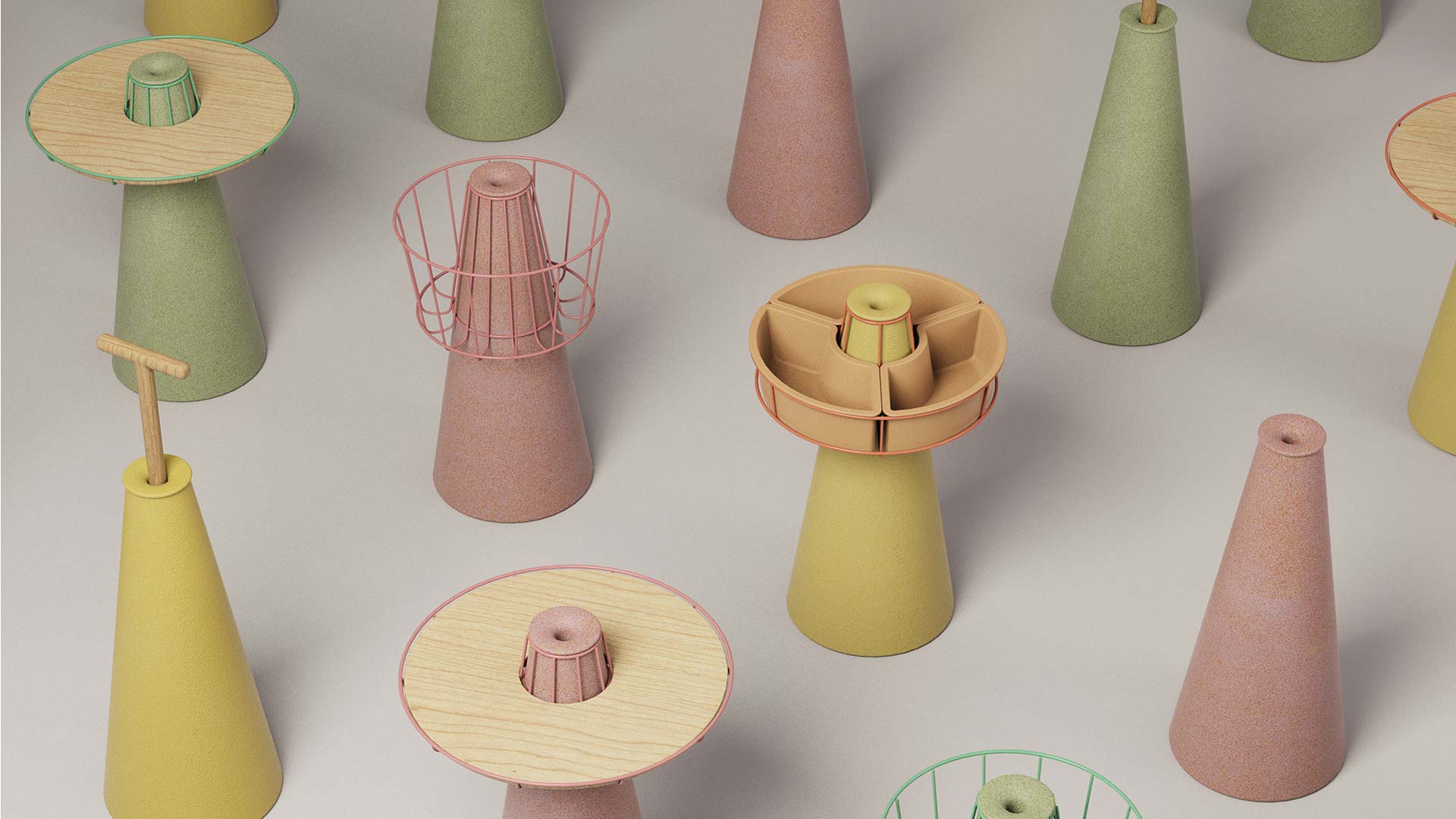
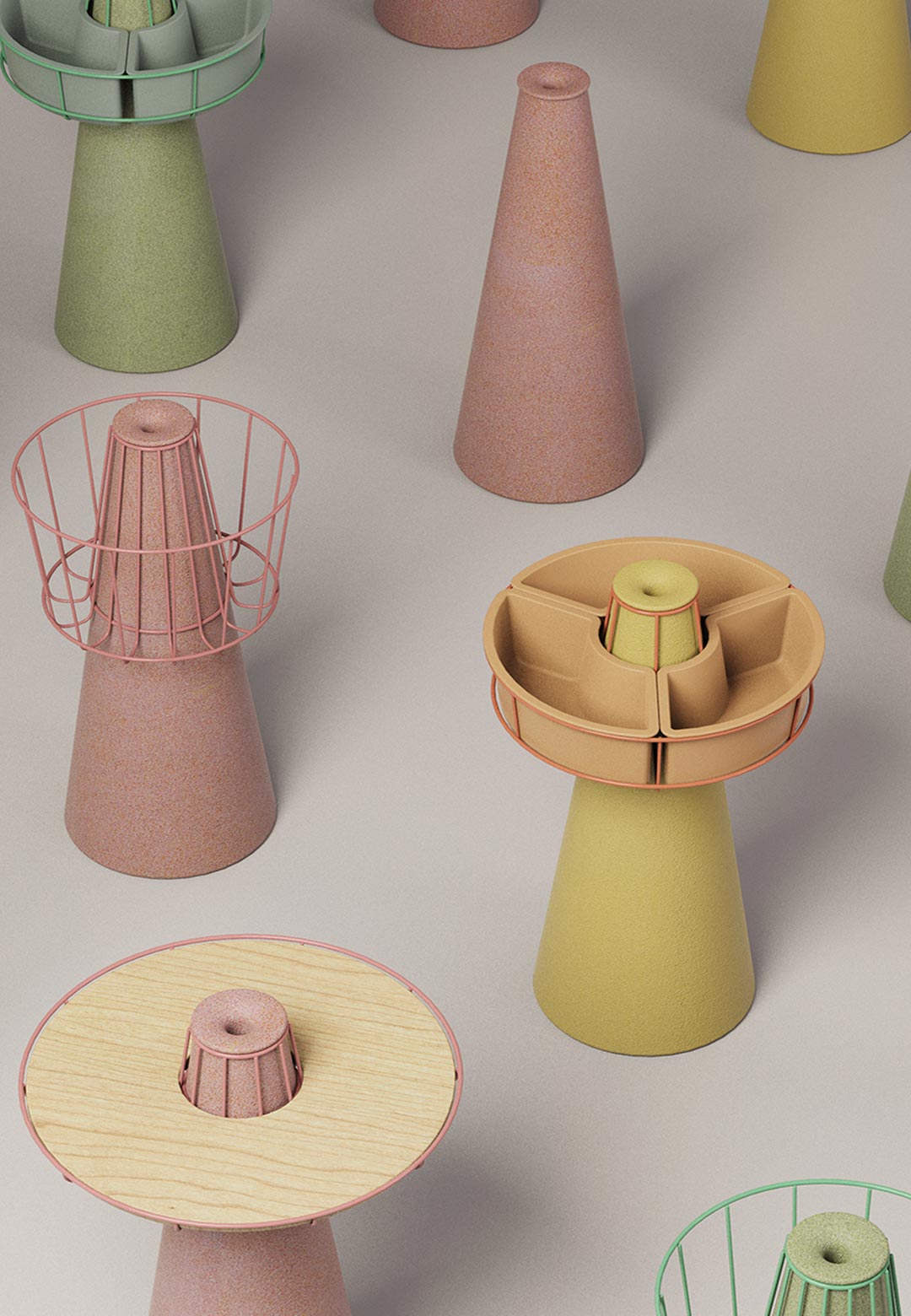
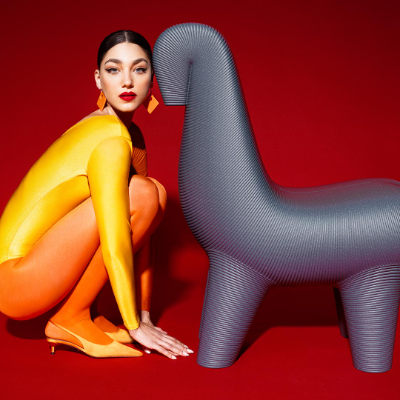
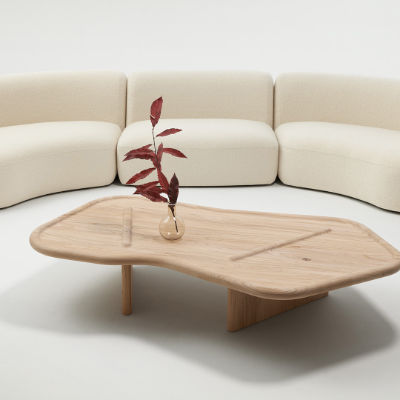
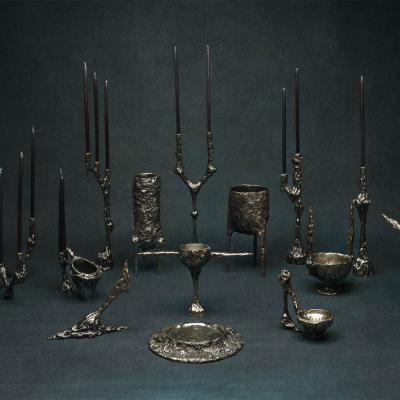
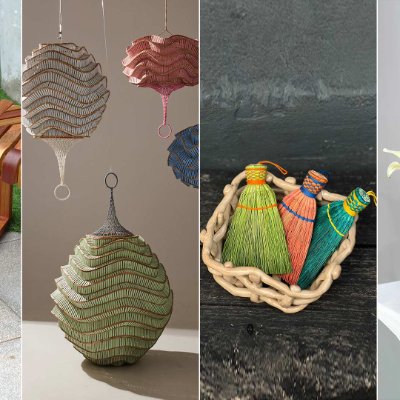
What do you think?